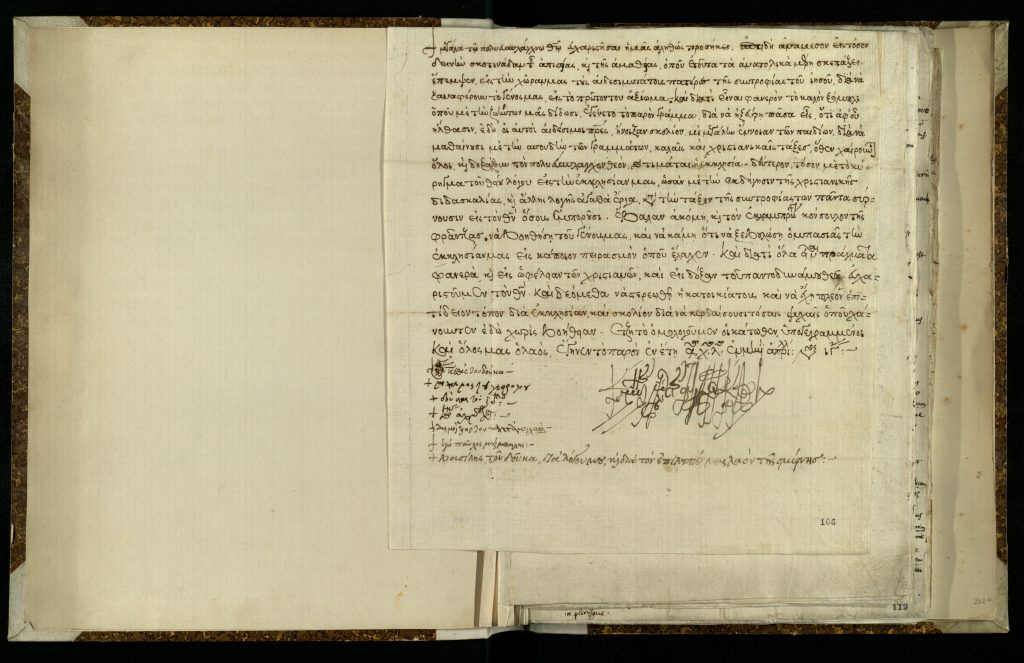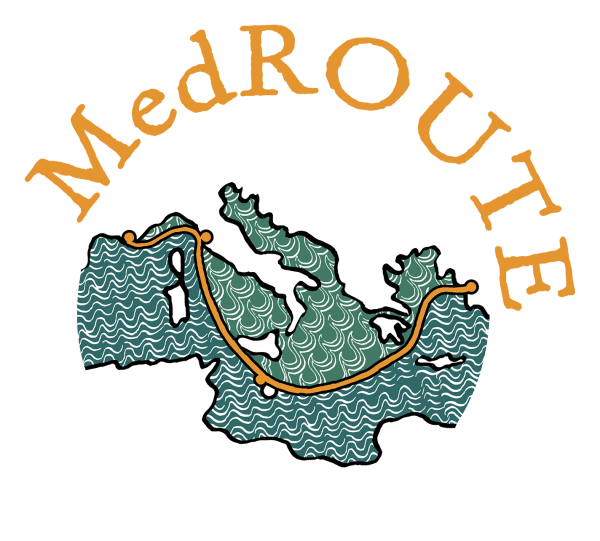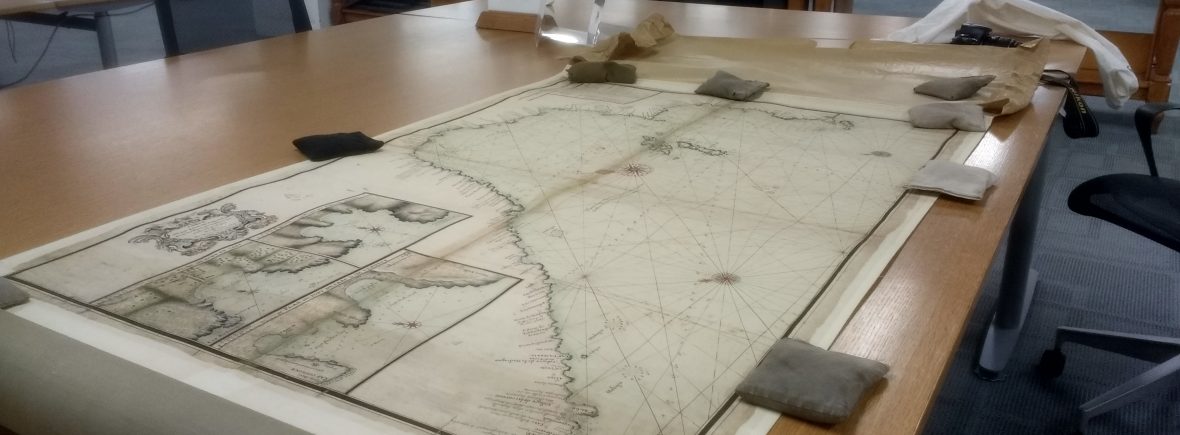When examining how pluralism affected urban life and how culture contacts affected the expression of identity, an analysis of material practices offers a privileged means of enquiring into the city’s new dwellers’ negotiation of two opposing attitudes: namely, the desire to maintain practices from their place of origin, and acculturation to those of their new environment. These attitudes should both be considered as strategies employed by groups and individuals to reaffirm their perceived identity and as a way of reacting creatively to new environments, drawing upon their own cultural backgrounds.

Identity is primarily intended as ‘a way of being and doing’ (Jansen 2001), that is, a way of making things in everyday life involving material practices. The concreteness of this aspect of identity leads individuals to self-position themselves in relation to other individuals who are recognised as similar or different according to how they do things.
The materiality of identity should not be seen as a ‘folklorisation’ of historical knowledge. Rather, from Daniel Roche’s perspective, it is to be understood as a focus on “re-materialising the principles of our knowledge and so achieving a better grasp of our relation to things, our mediation with objects and the world around us’ (Roche 2000). The use of material practices as identity detectors sheds light on the possible ways in which identity has been channelled in the visible forms of daily life. This kind of materiality as concrete identity not only allows us to study what a specific cultural group saw as meaningful, but also highlights how historical negotiations of identity were subject to material constraints, being highly dependent on the availability of certain products in the place of arrival.
Daily practices and material life have been studied using different types of sources. MedRoute employs travellers’ accounts of the time – where groups’ behaviours can be more easily identified – alongside archival sources – in which individual attitudes toward acculturation and isolation are more readily apparent. The use of travel accounts in cultural studies has been greatly problematised, as travellers have been often theorised as the forerunners of an Orientalistic-like discourse on otherness, starting from Edward Said’s Orientalism (1978). However, this approach has been contested in recent literature, which has highlighted the ability of many premodern travellers to approach diversity (Roddan 2016; Harper 2011; Ghobrial 2014). They often are an attempt at cultural synthesis.
To examine how identity, as a way of doing things materially, is negotiated in premodern port cities, the project focus on three identity markers: food, clothing and language.


